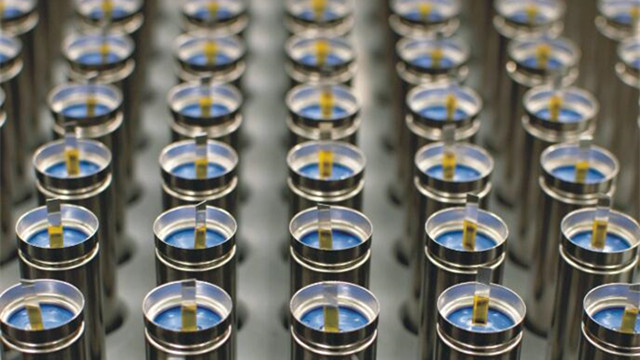>>REAL-TIME UPDATES IN THE WIRE. CLICK HERE<<<
China’s most-traded nickel futures contract on the Shanghai Futures Exchange, for February delivery, hit more than 182,180 yuan per tonne on Monday, the highest level in ten years.
On the same day, China’s stainless steel giant Tsingshan Holdings announced that it has sent the first batch of nickel matte to sea from Indonesia to China. The news triggered an immediate correction in nickel prices, with the Shanghai nickel contract sliding nearly 7% on Monday night, Beijing time.
On Tuesday, Shanghai’s nickel futures contracts, for February, March and April delivery, all hit limit-down, slumping by the daily limit of 8% to close at 164,850 yuan per tonne, 163,460 yuan per tonne and 161,920 yuan per tonne.
The plunge came after a sharp surge since the start of this year. The benchmark Shanghai nickel contract jumped by 16.6% from about 152,600 yuan per tonne on January 4 to about 178,000 yuan per tonne on January 21. During the same period, the benchmark nickel futures contract on the London Metals Exchange (LME) surged by 14.8% from $21,000 per tonne to $24,200 yuan per tonne.
The rally was partly due to falling nickel inventories at the Shanghai exchange and the LME. On January 14, LME nickel inventories stood at 44,800 tonnes, sliding more than 60% from a year year and hitting the lowest level since 2019. Nickel inventories at the Shanghai bourse stood at 4,711 tonnes, slumping 67% from the same period a year earlier, close to the record low.
The surge in the nickel market prompted the Shanghai bourse to raise the transaction fee for closing positions to 45 yuan from 15 yuan, starting from Monday night, and to increase the minimum margin requirement for nickel to 14%, starting from Wednesday’s trading.
Nickel is widely used in production of stainless steel and its also used to in the production of lithium batteries to increase battery density.
In 2020, stainless steel industry’s nickel consumption accounted for more than 70% of the total supply, while nickel consumption in battery production only accounted fro about 5%, according to Wang Yanqing, analyst at Dongzheng Futures.
China’s new energy car sales jumped by 160% in 2021 from the previous year, well above market expectation, and the growth in 2022 is expected to be higher than 50%, which is expected to boost demand for power batteries.
Tsingshan’s announcement about the new nickel supply, combined with tightening rules by the Shanghai bourse, led to a drop in long positions, according to Dongzheng.
While nickel inventories are expected to remain low in the near term, an oversupply is expected in the long term, according to Guotai Junan Securities. As new capacities are gradually put into operations, global apparent nickel inventory is expected to bottom out at the end of February or early March, and for the full year of 2022, nickel supply is expected to remain loose, it said.
Due to the bright outlook of the new energy sector, investment has been rushing into nickel projects globally. In 2021, companies from China alone invested nearly $4 billion in building nickel projects in Indonesia.
According to estimates by the International Nickel Study Group (INSG), an organization of members from nickel producing and trading countries, nickel shortage will turn into oversupply in 2022. Global nickel output is estimated to grow by 10% on year in 2022 to 3.12 million tonnes, while nickel demand will rise by 19% to 3.04 million tonnes, leaving an oversupply of 76,000 tonnes, it said.
“The supply in the first half will remain tight, but as new capacity is put into operations, supply will ease in the second half,” said Wang Yanqing from Dongzheng Futures.

